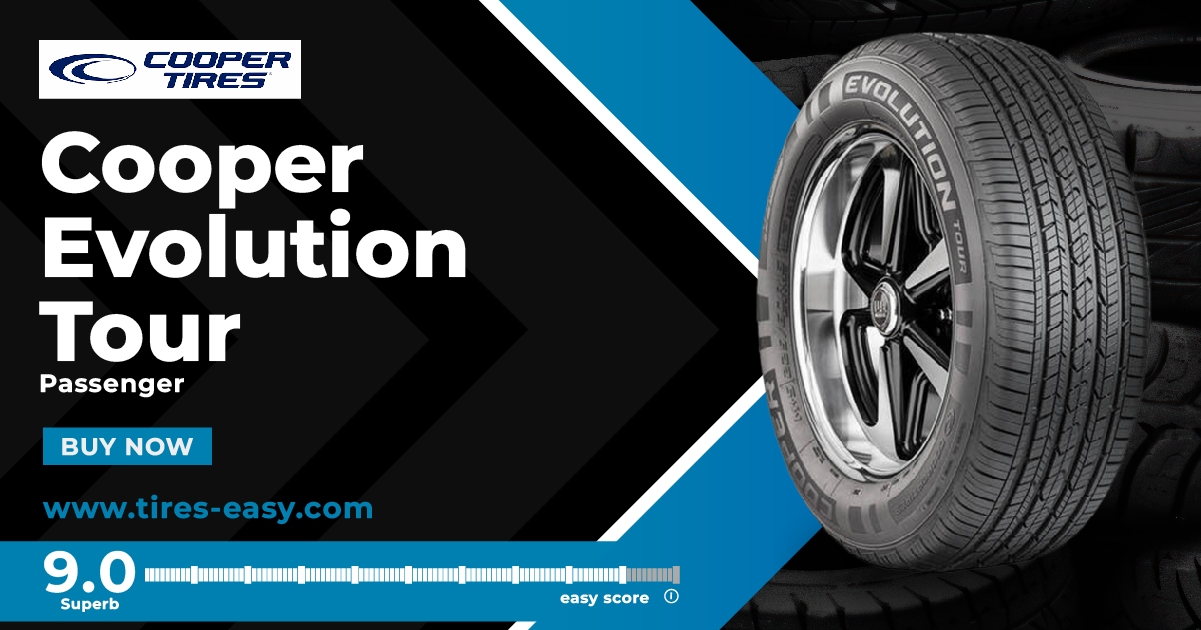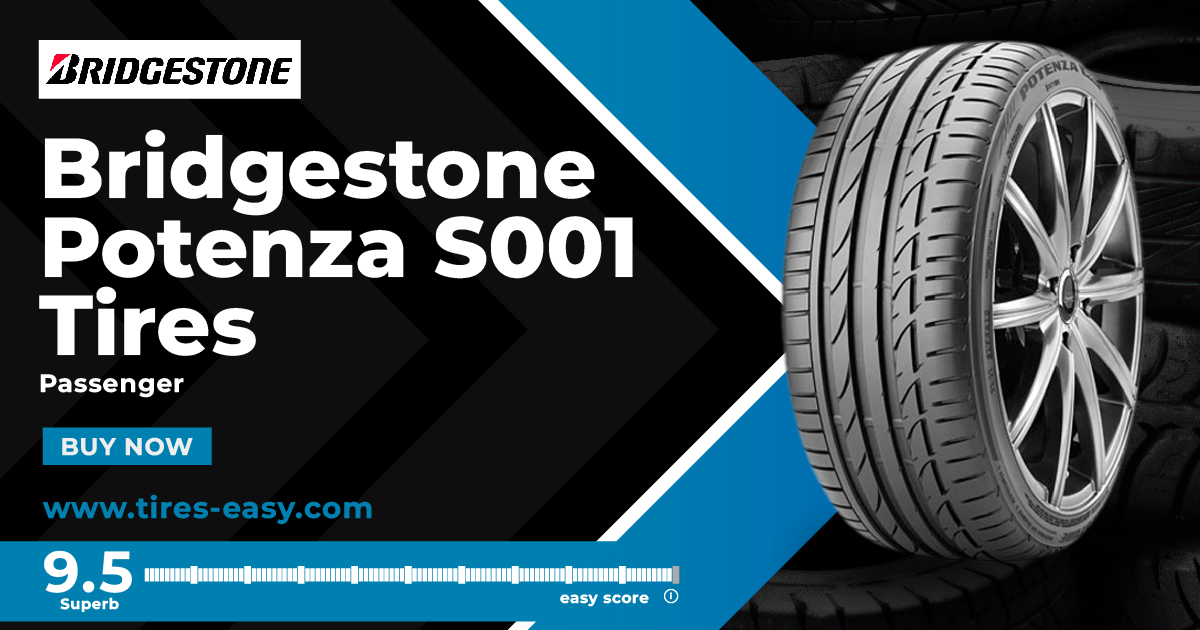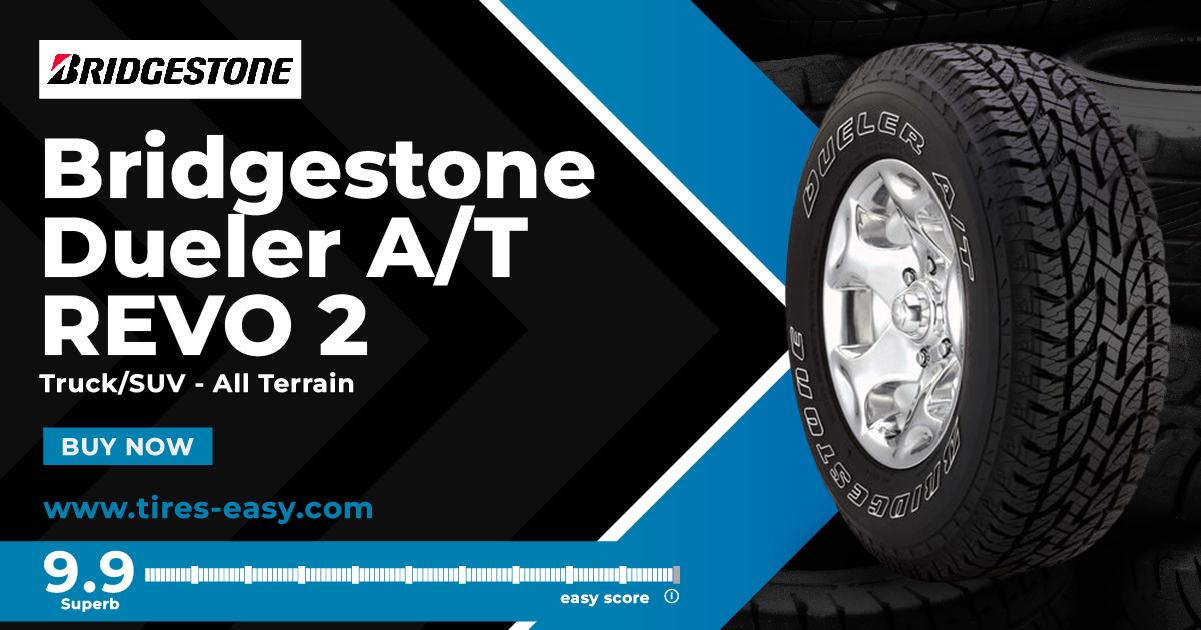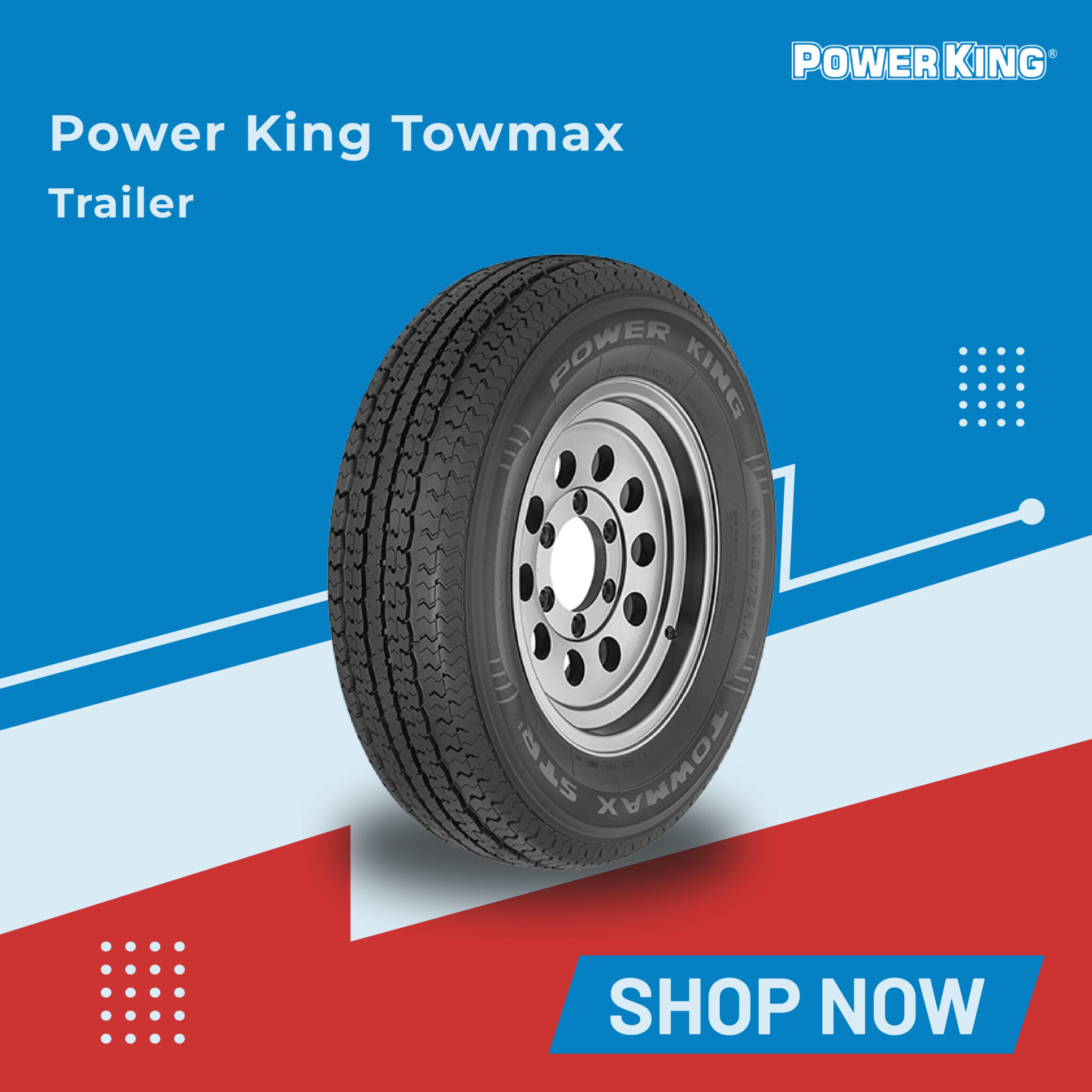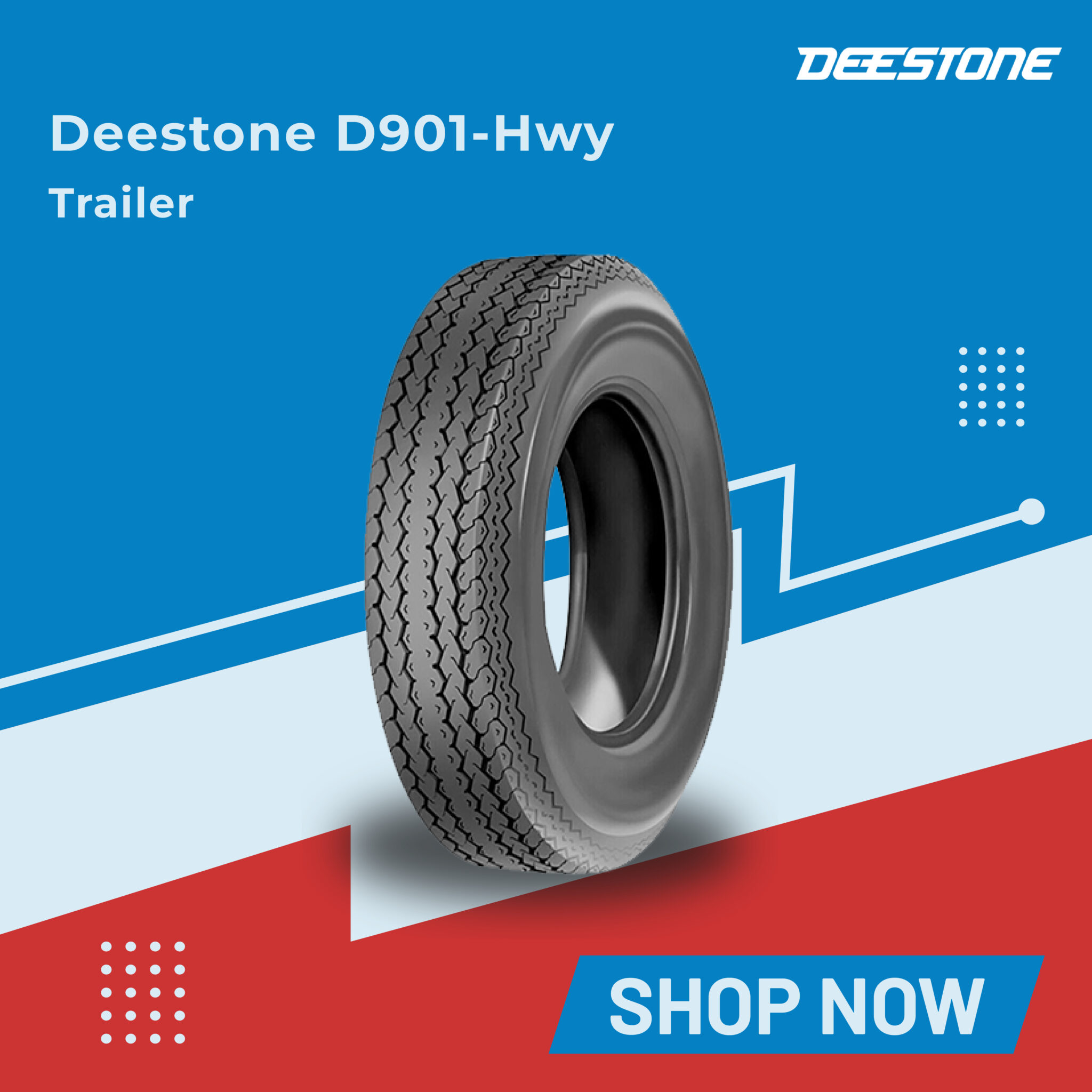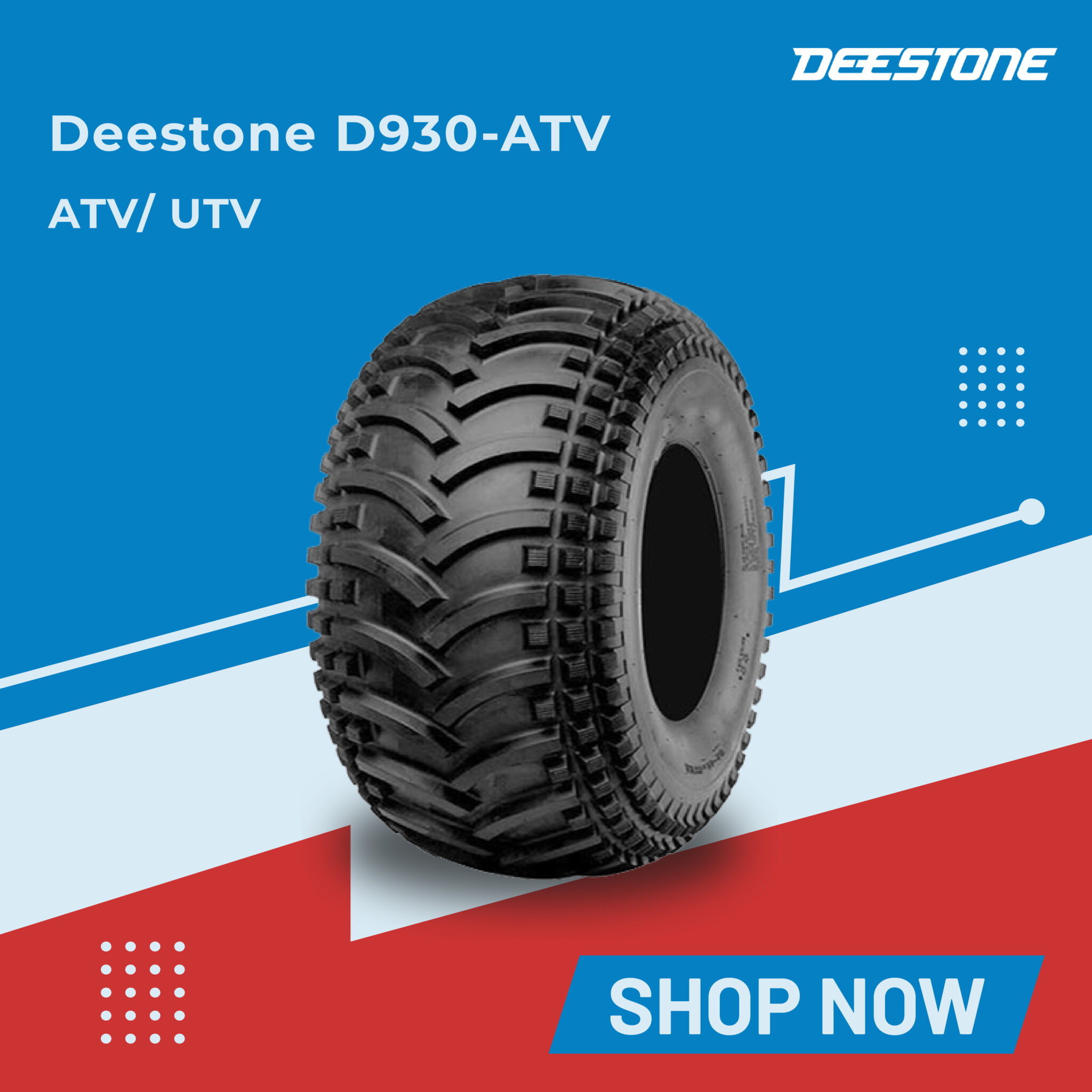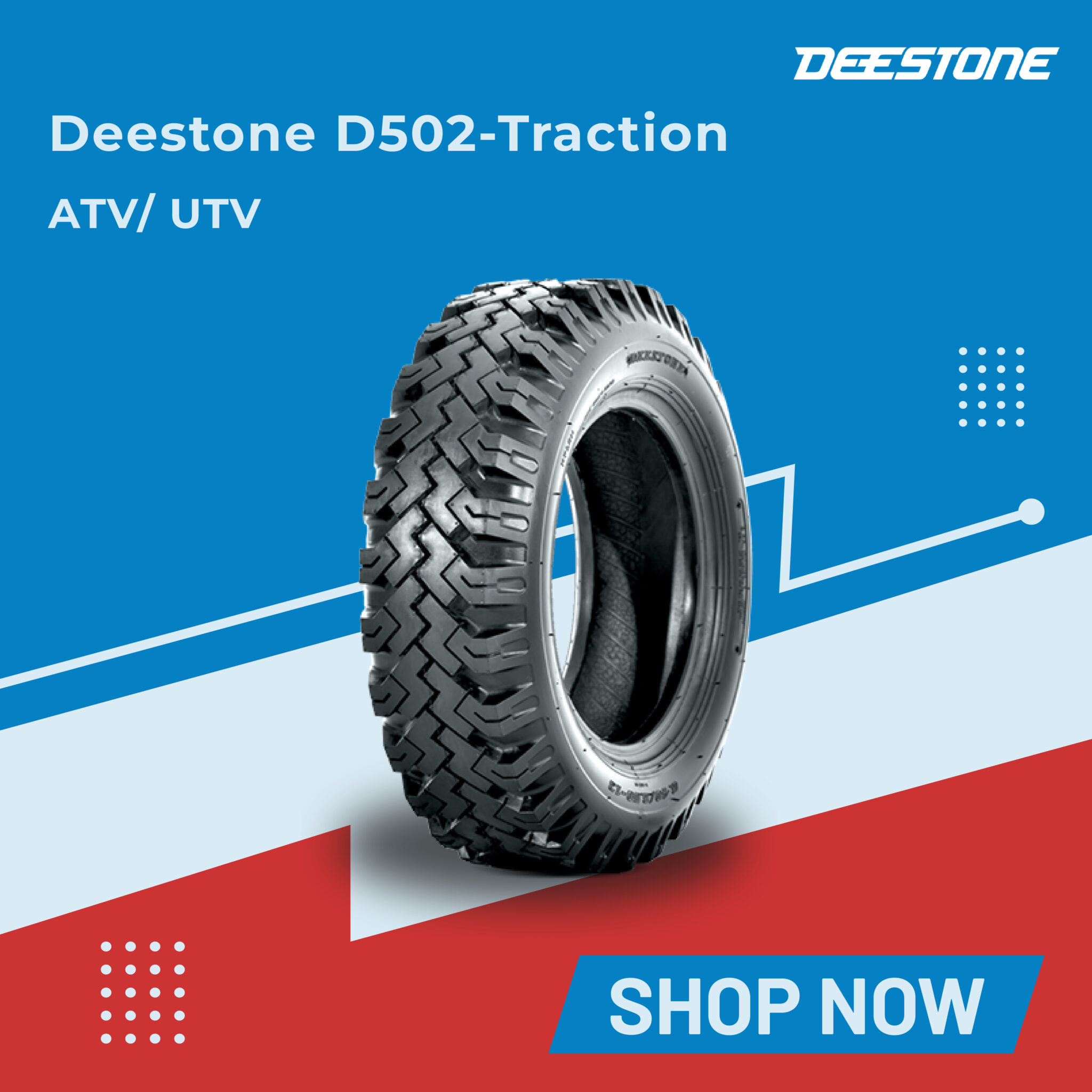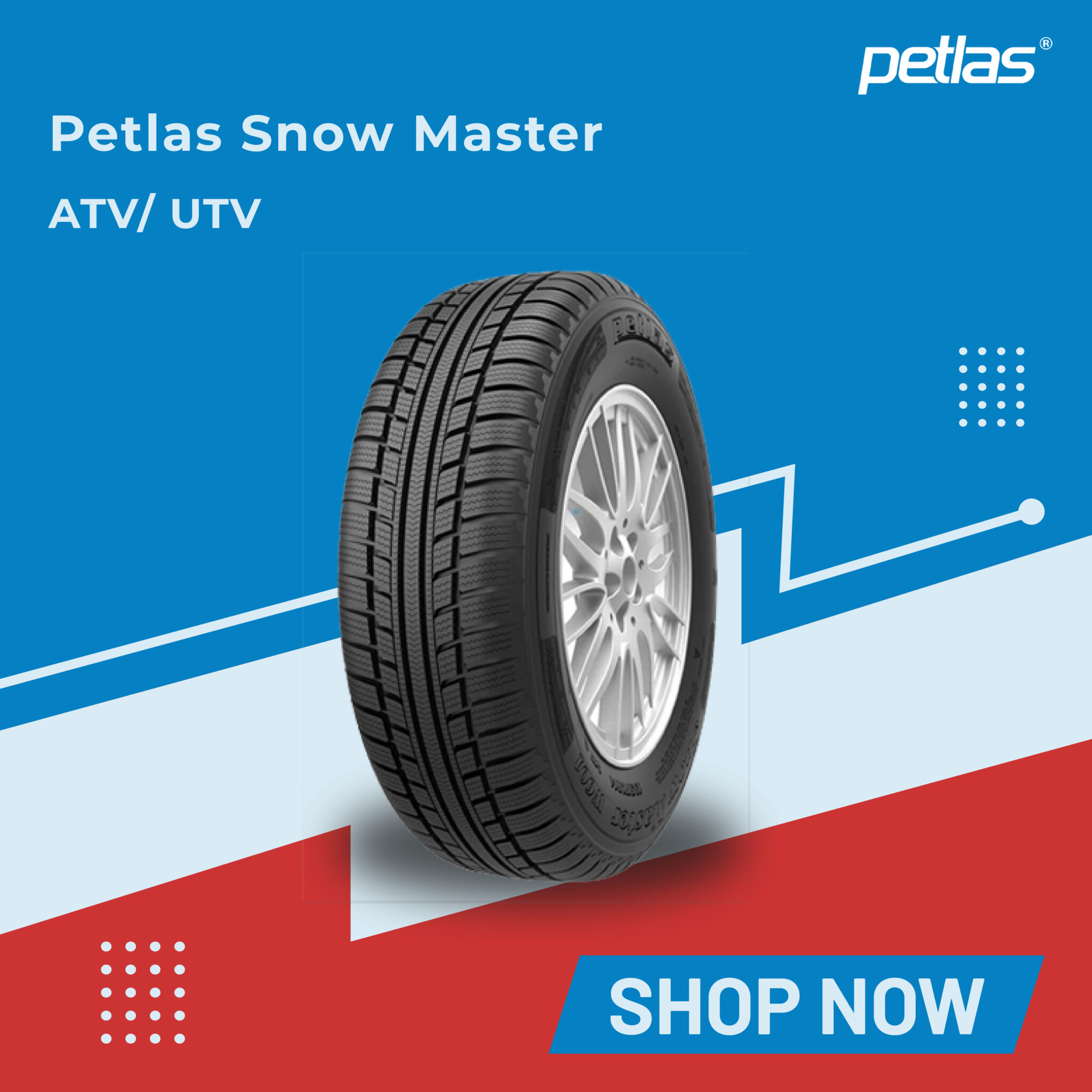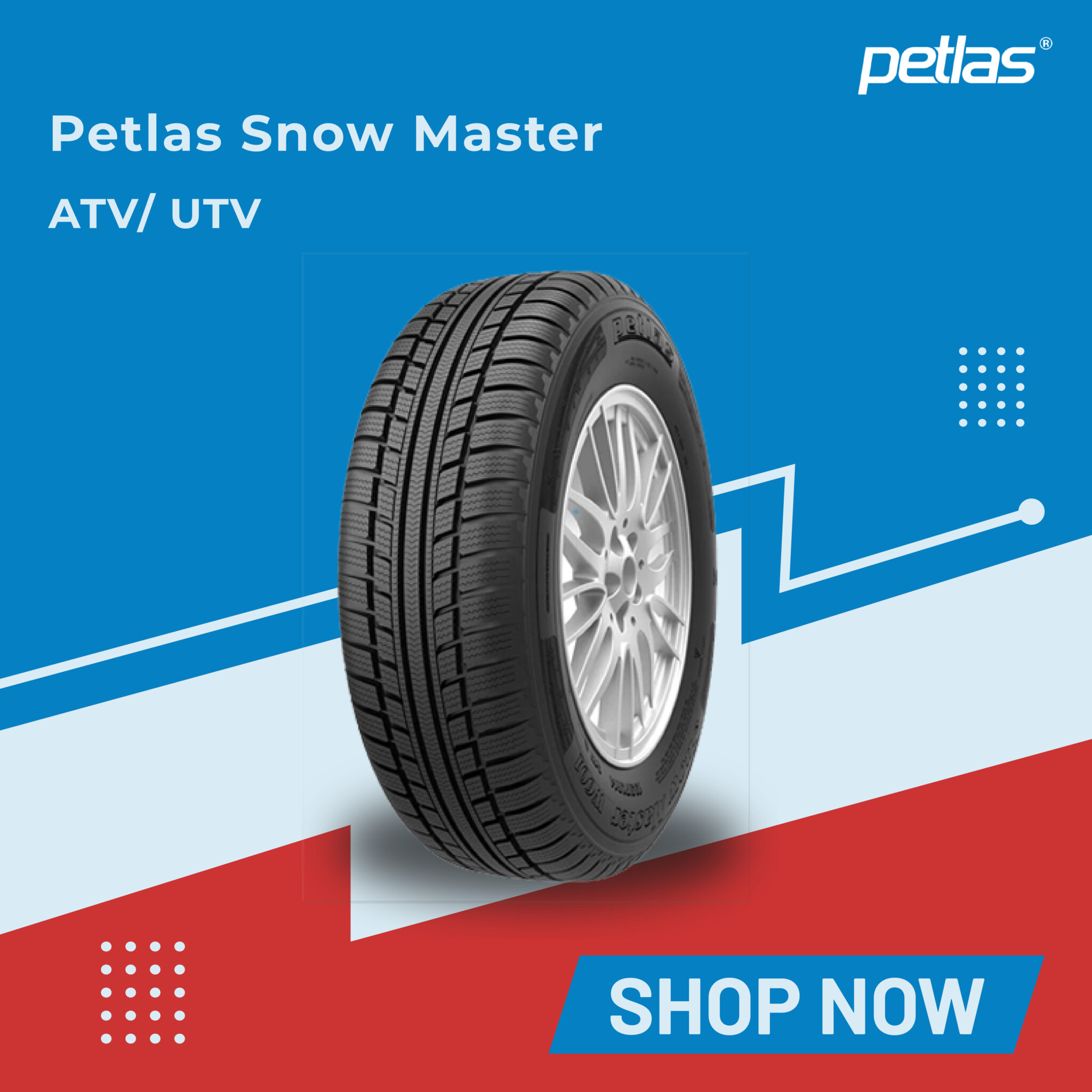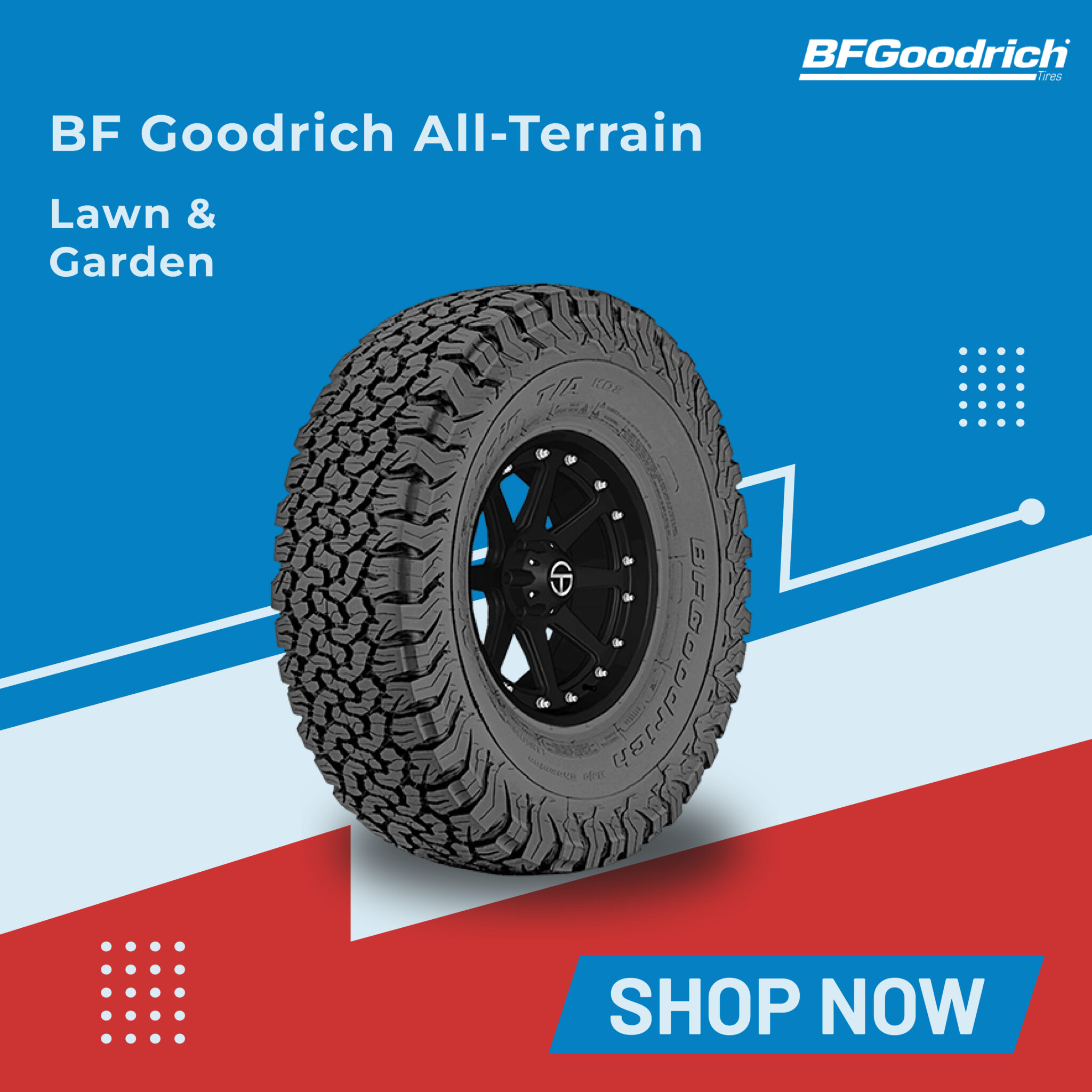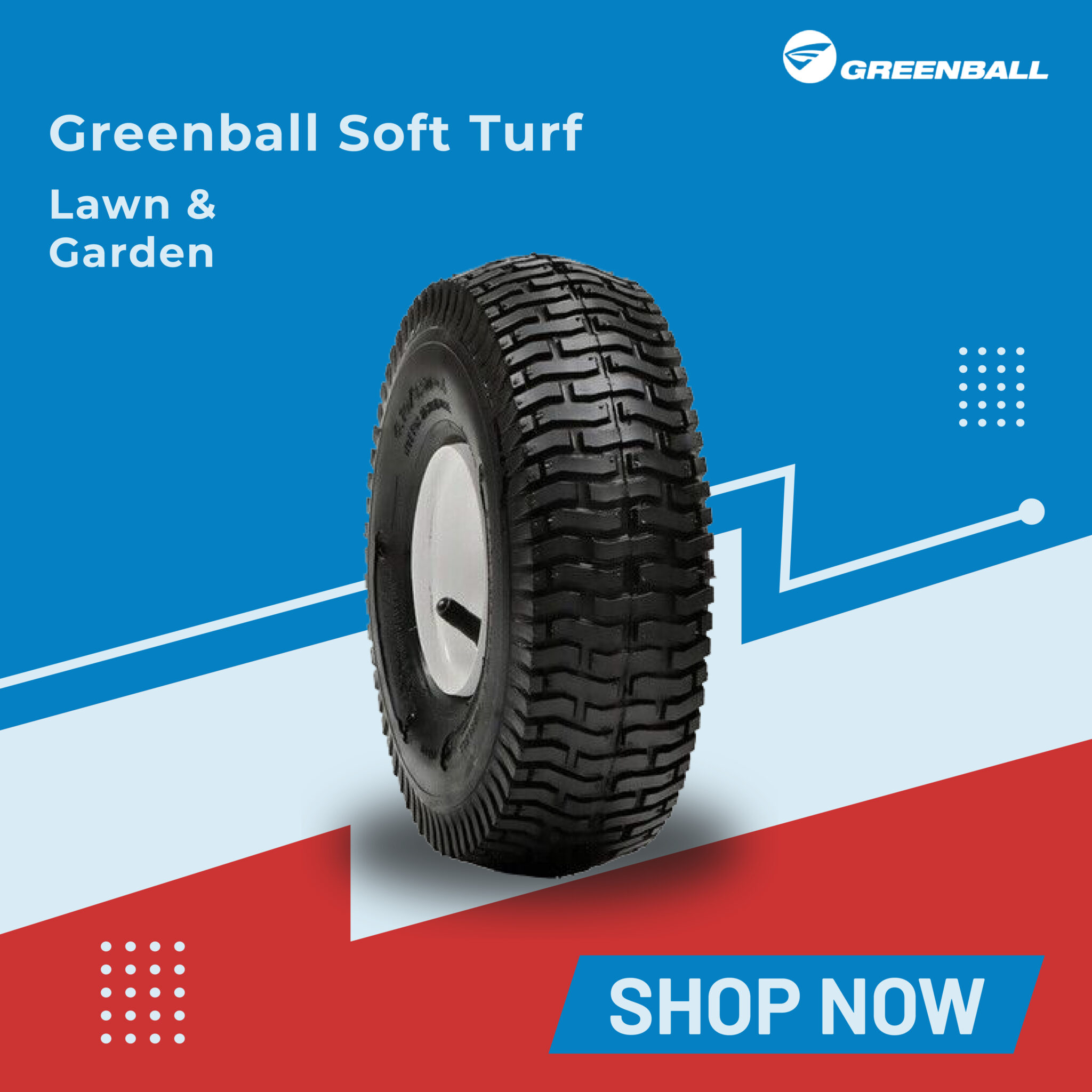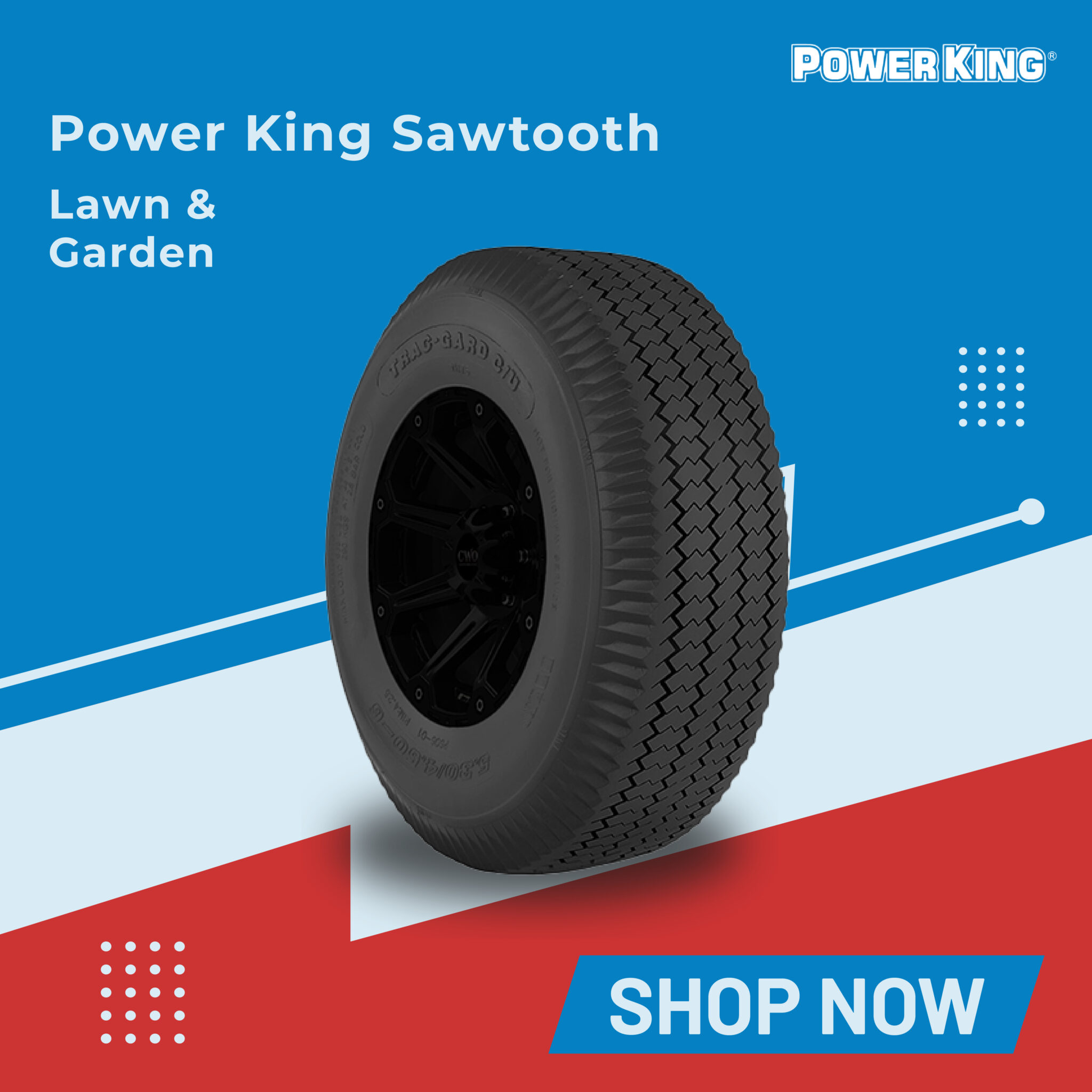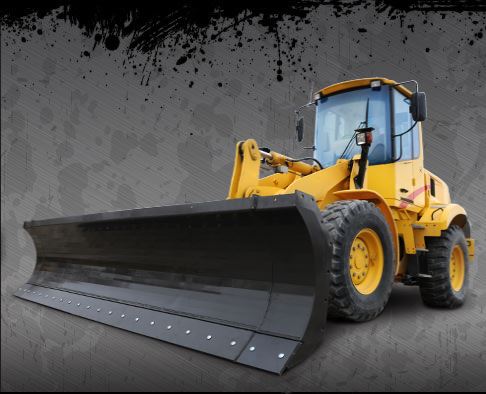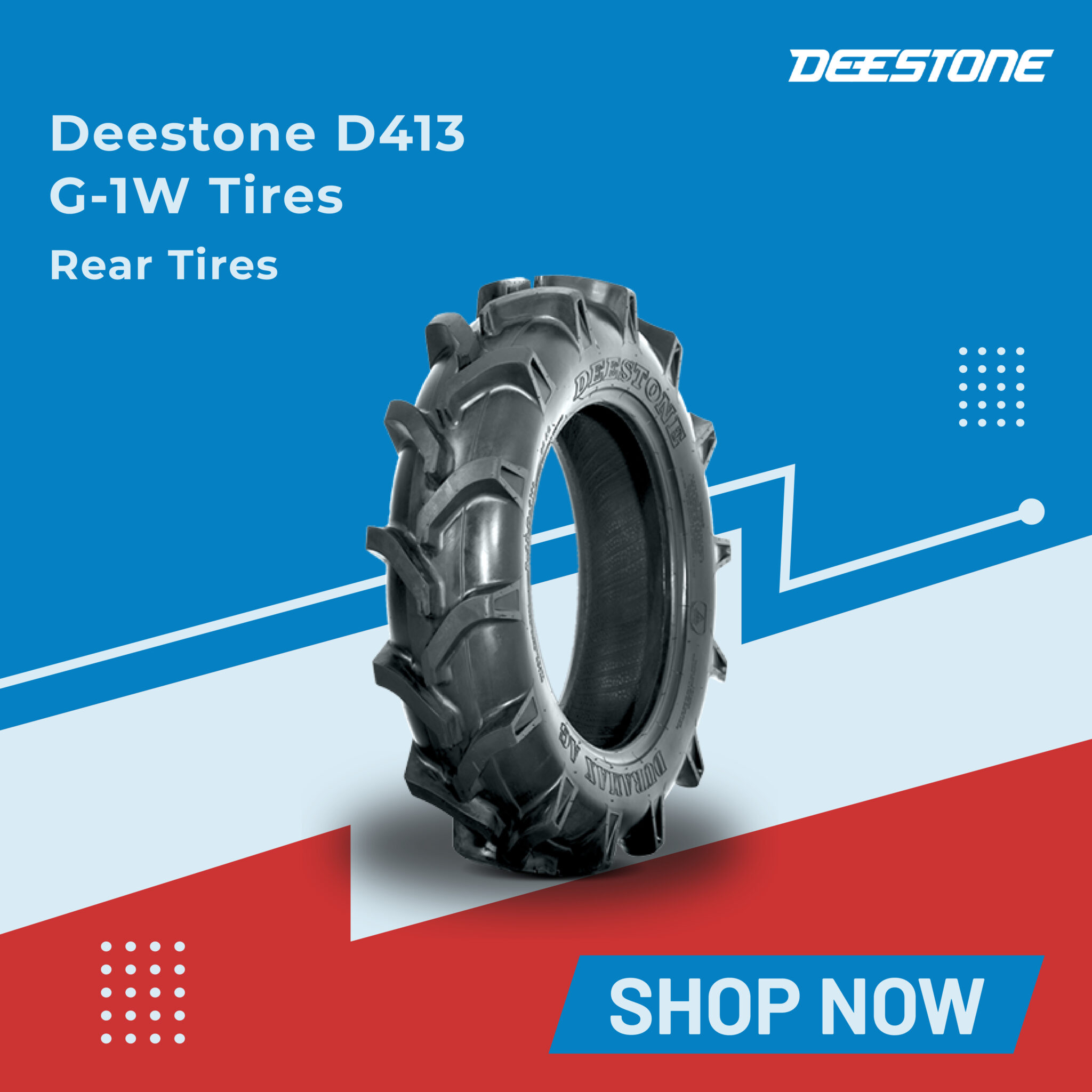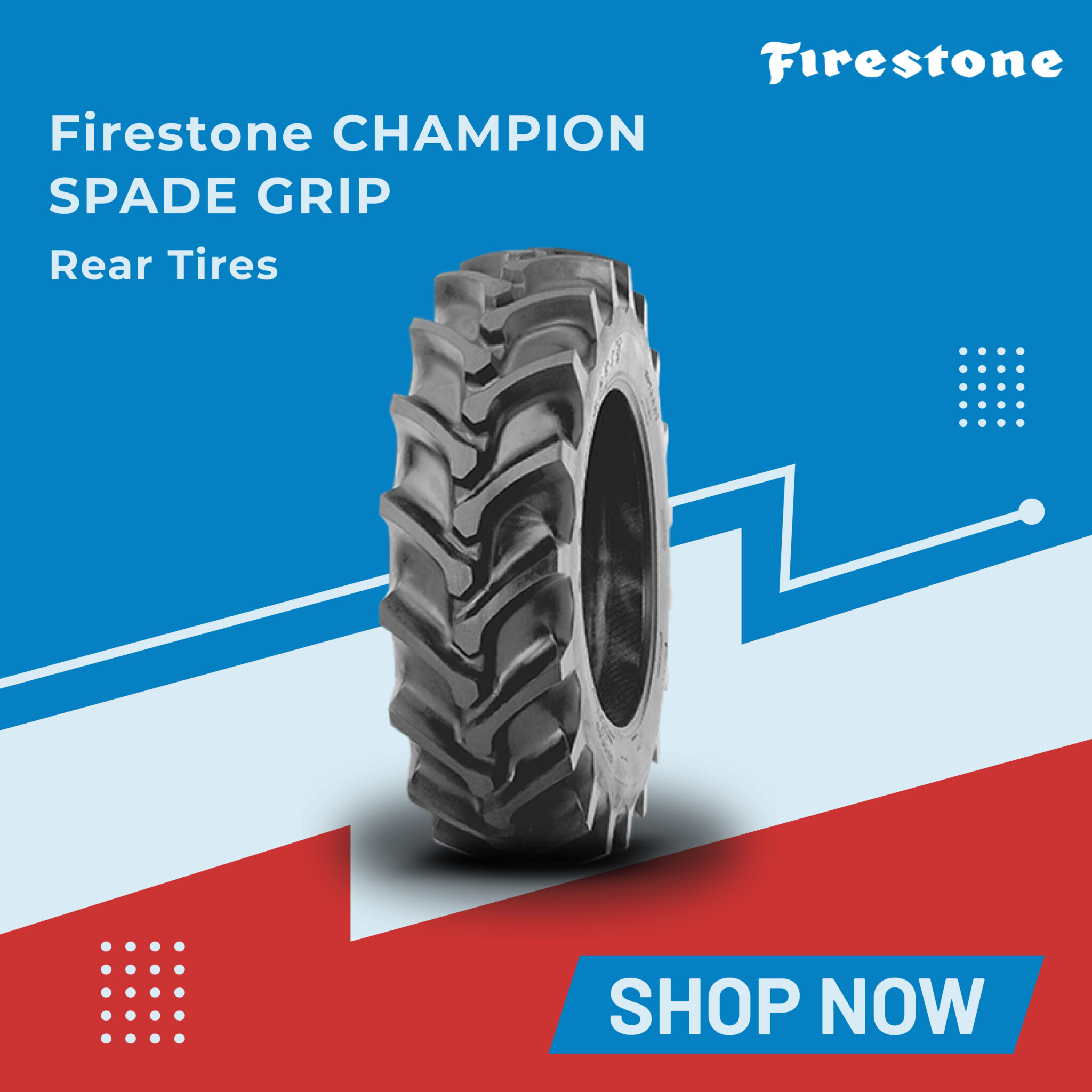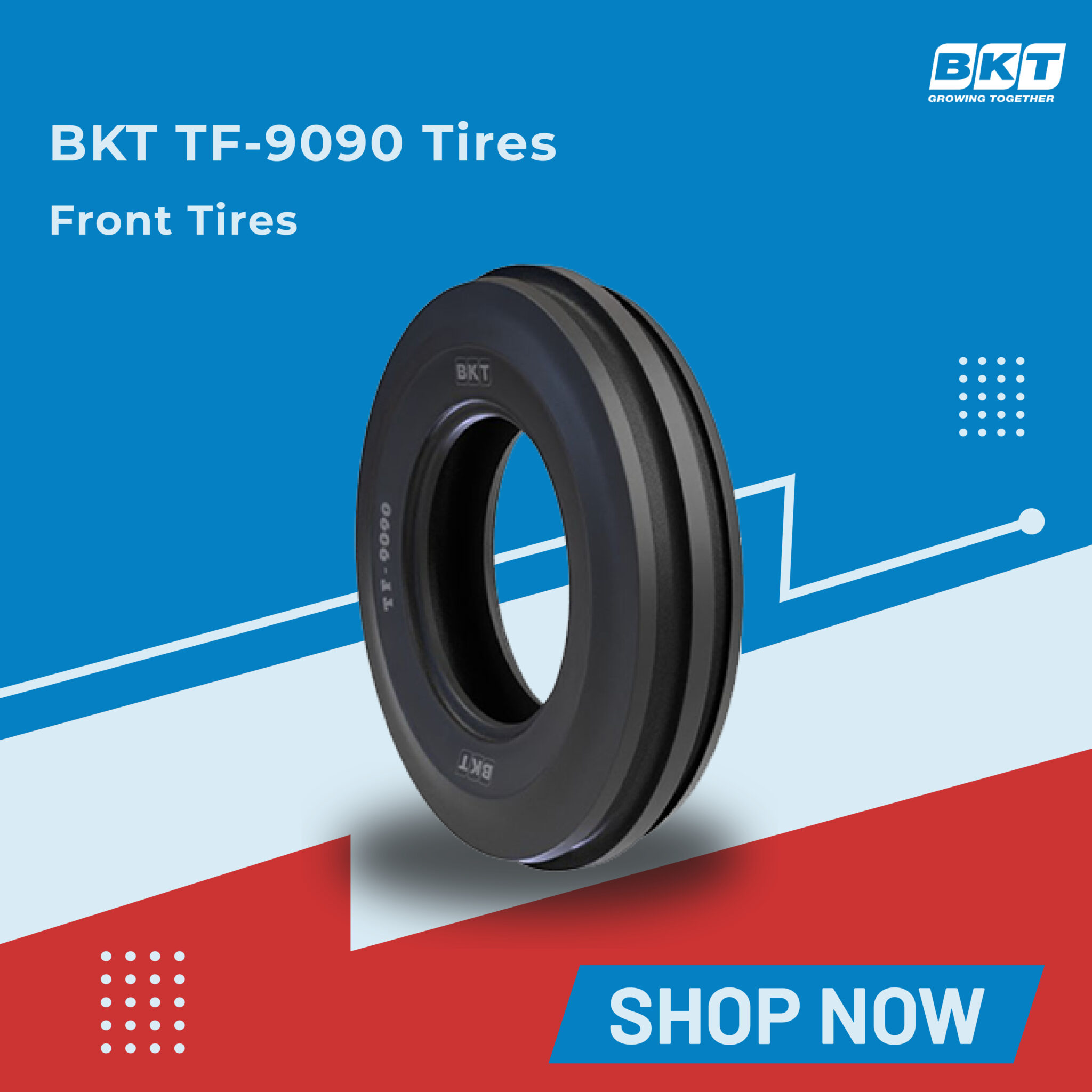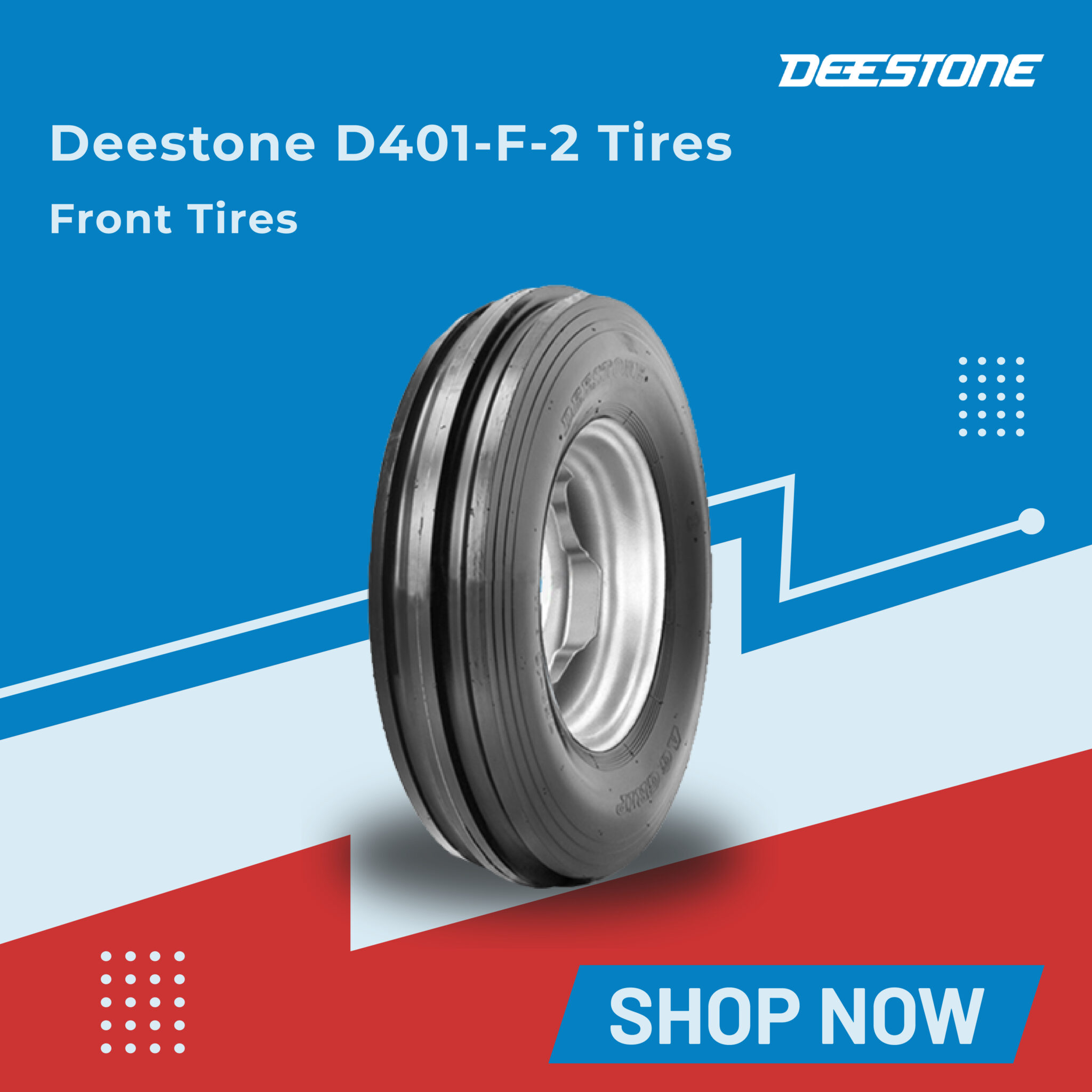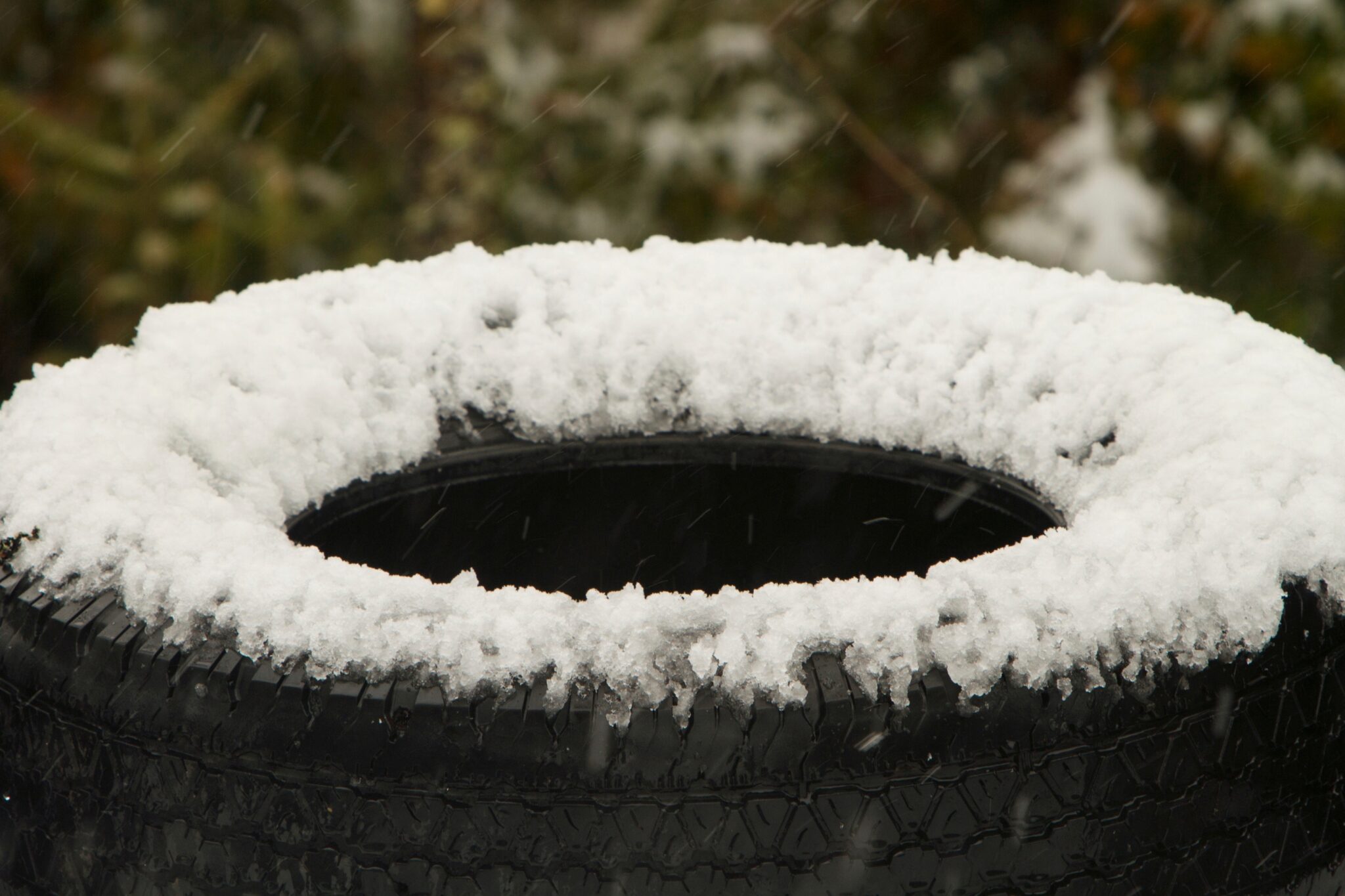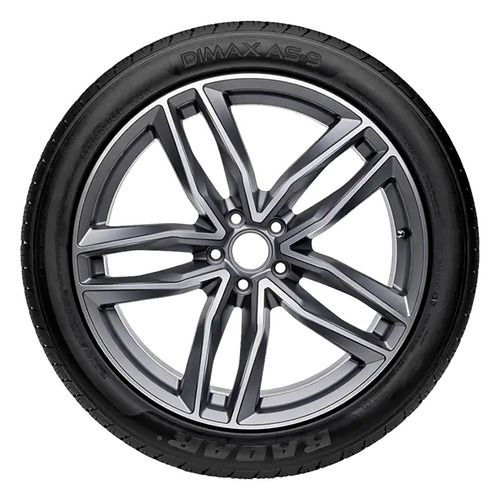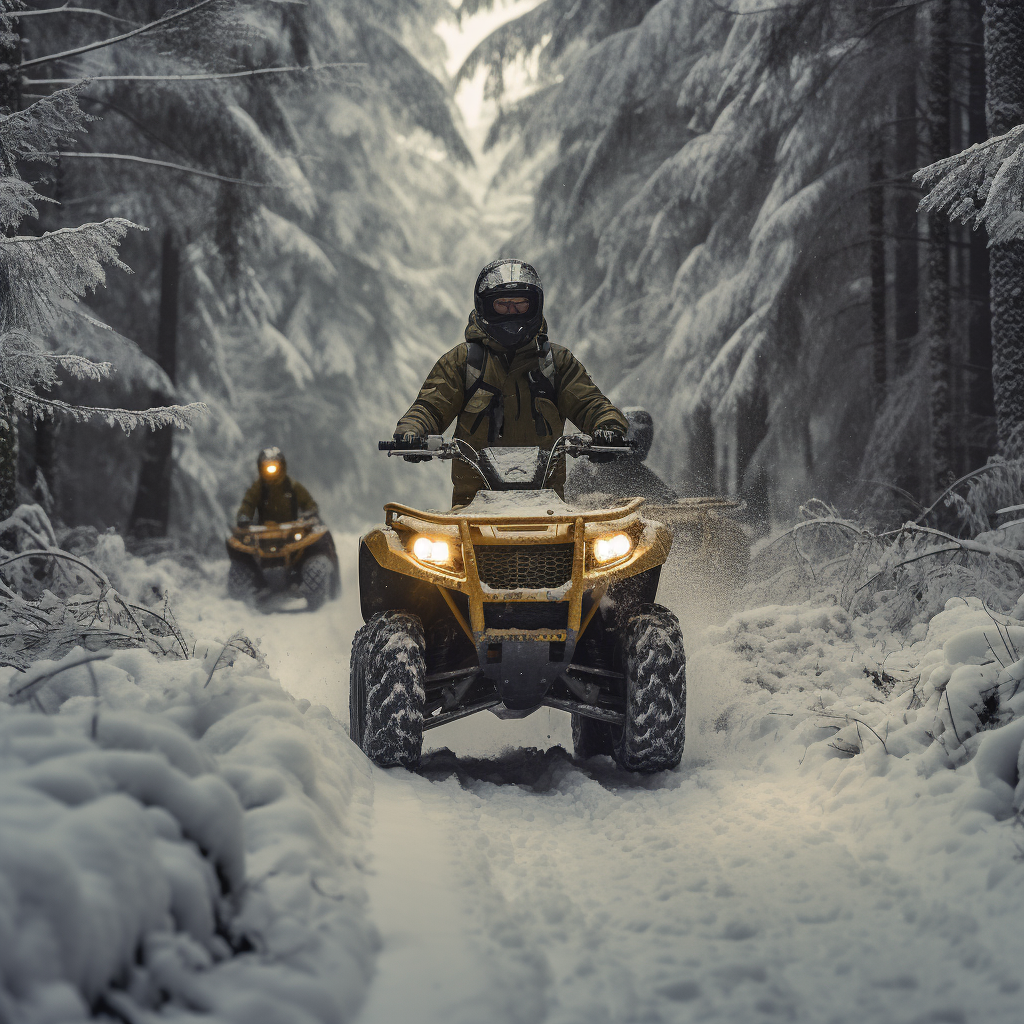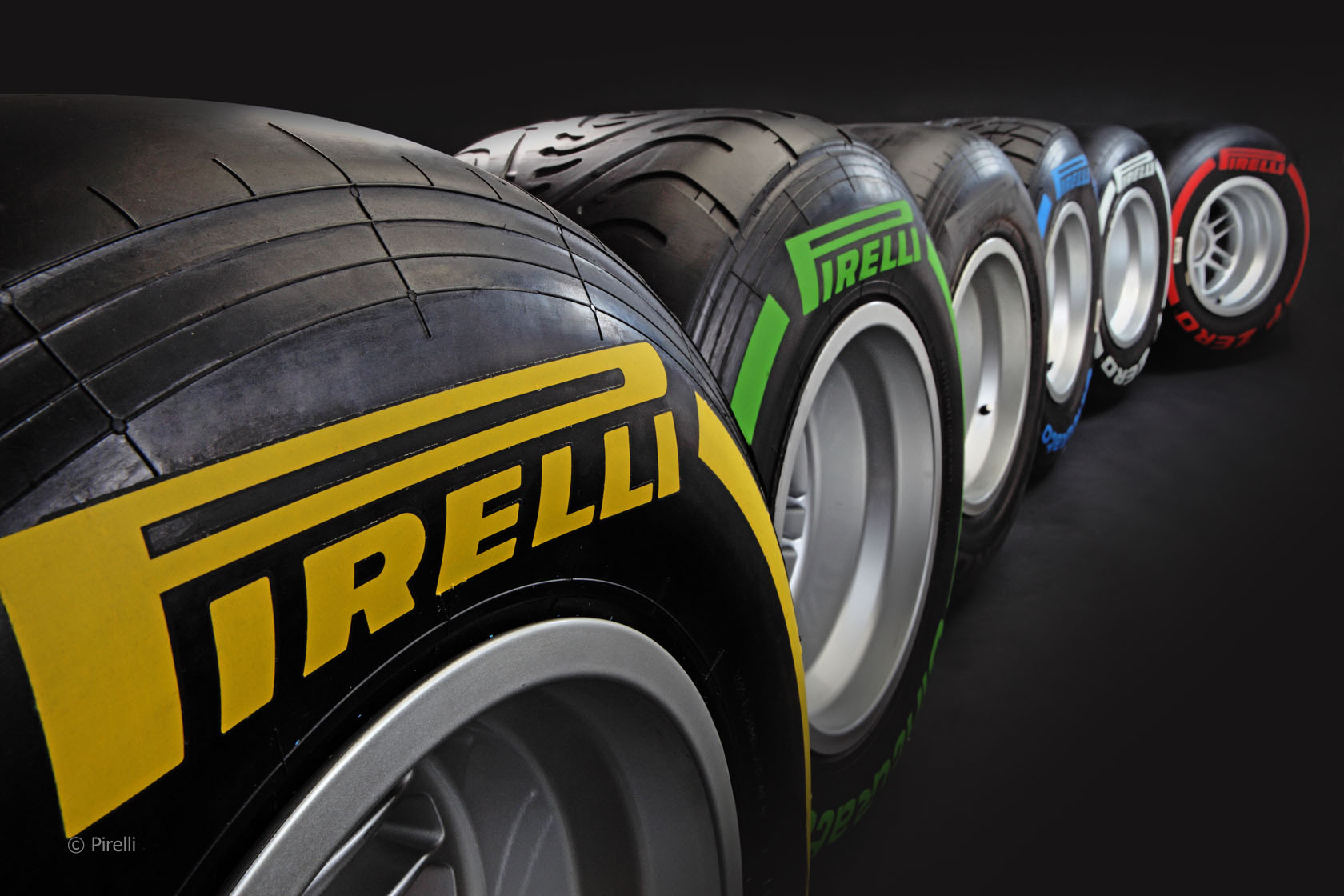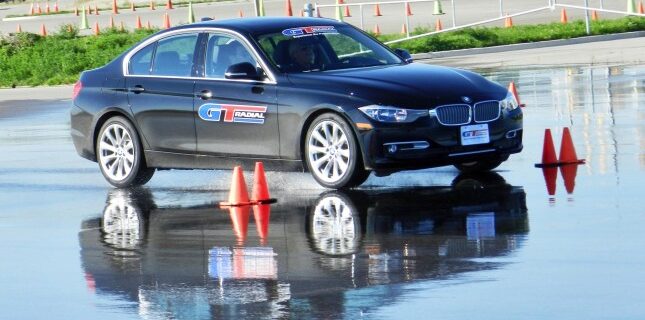Last Updated on October 3, 2024
Navigating the Tire Landscape for Peak Performance and Safety
Buying tires for your vehicle is not a one-size-fits-all decision. Unfortunately, no universal tire works perfectly with every car, weather condition, and application. To understand how to buy tires for the best result, you need to understand the types of tires that apply to specific applications and the technical reasoning behind why some are more fitting.
Tires are perhaps the most intricate and extensive area of the automobile industry. There are thousands and thousands of tire lines and models available, yet only one is perfect for your unique requirements. Before you begin researching and purchasing tires for your vehicle, you need to understand essential tire labeling.
Labeling
Classes of Tires
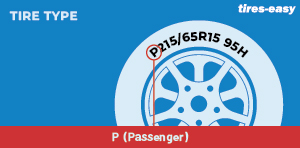
P – Passenger
LT – Light Truck
ST – Specialty Trailer
T – Temporary (spare tire)
Tire Width
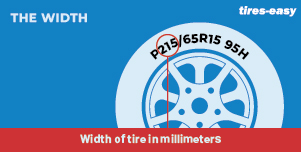
It is measured in millimeters from sidewall to sidewall. This is the first three-digit number listed after the class of tire label.
Aspect Ratio
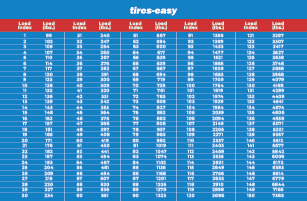
This is the ratio of the height of the cross-section compared to the width or the percentage. This two-digit number comes after the width label.
Tire Construction
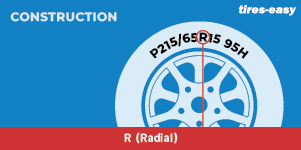
The tires’ construction will be labeled with an R for Radial or a B for Bias. This label comes after the aspect ratio.
Tire Diameter
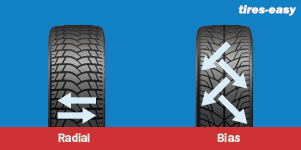
This is the measurement from one side of the tire to the other. This is the crucial reading that determines whether or not a tire will fit your wheel. It is listed after the construction label.
Load Index
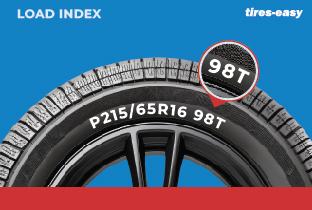
Indicates the maximum load a tire can support when appropriately inflated. This is listed on the tire after the diameter.
Speed Rating
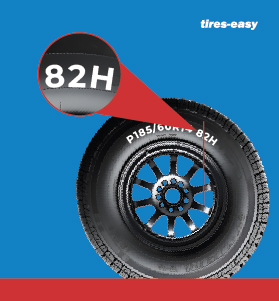
This label indicates the top speed the tire can handle. These are typically matched with the speed capability of the vehicle.
When you are ready to open up your wallet and purchase a new set of tires, you should know exactly which model you need, why it is the ideal solution for your situation, and how much you are willing to spend.
Let’s dive in.
Tires for Different Types of Vehicles
Passenger Tires
Passenger tires, meant for sedans, CUVs, and minivans, are typically designed to provide a smooth, quiet ride with reliable traction and long-lasting tread wear. These tires are not intended to support heavy loads and should not be used on large vans or trucks. Most passenger models have all-season capability and high highway driving and touring mileage ratings. Additionally, you can expect most passenger, all-season tires to come with the M+S marking, signifying all-season capability. In a nutshell, this symbol means that the tire has all-season capability.
Generally, there are three major types of tires to consider for passenger vehicles, depending on your needs.
1. Touring Tires
Touring tires are designed for superior comfort and traction year-round. These models are more responsive, making handling turns and stop-and-go traffic easier. Touring tires are usually built with asymmetrical tread patterns for a quiet ride. Touring tires would be wise if most of your driving is in town.
The Cooper CS5 Grand Touring line offers a wide range of models for passenger vehicles across the board. These tires are designed with high silica content on the tread rubber to increase traction on wet pavement and extend the tire life. This Cooper line is built with Stabiledge Technology, which ensures that tread blocks remain flat on the road and lock during cornering for extra responsive handling.
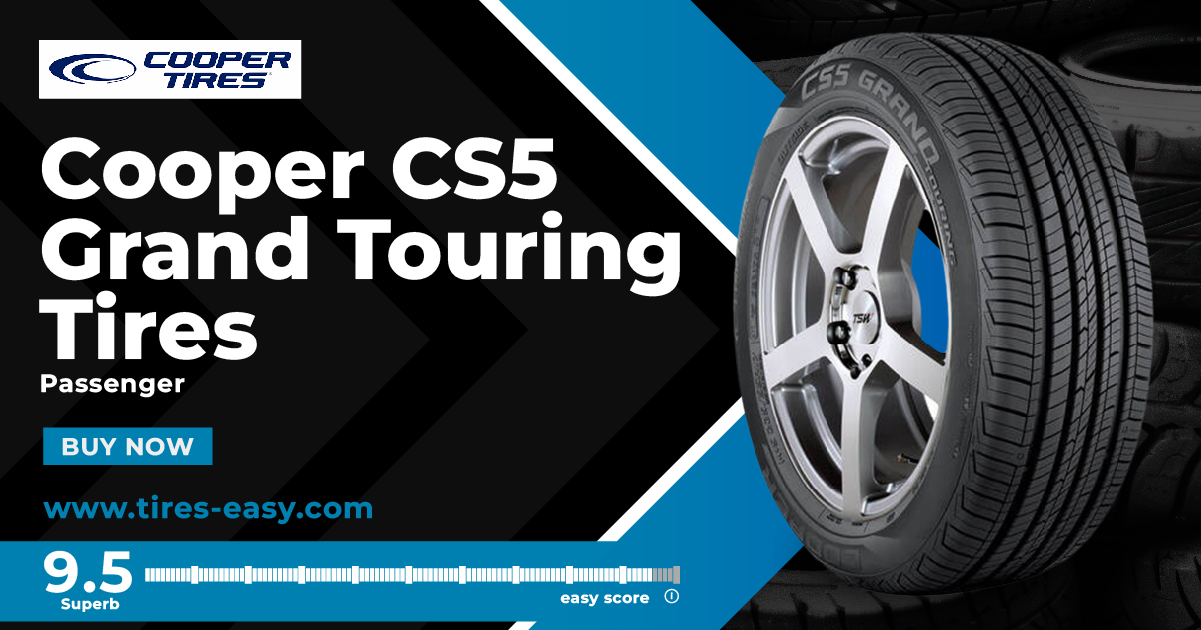
2. Highway Tires
As the name implies, highway tires are primarily meant for paved roads. They are designed with long mileage in mind and built for smooth, quiet rides with excellent handling. Many highway models are designed with independent tread blocks and sipes for good on-road performance. Like touring tires, most models will come with an M+S symbol.
The Cooper Evolution line is fantastic for highway driving and is equipped with 3D Micro-Gauge siping, meant to extend the tread depth to ensure even wear.
These tires are also built with a five-rib tread pattern and wide lateral shoulder grooves to prevent hydroplaning.
3. High-Performance and Ultra-High Performance Tires
Buying tires built for performance and superior handling can maximize vehicle use if you drive a luxury car capable of reaching higher speeds. These tires are designed with low-profile sidewalls, large tread blocks, and reinforced nylon caps over the steel belts to offer extra durability at higher speeds. Primarily, these tires are designed for pavement and do not do as well on treacherous roads.
The Bridgestone Potenza S001 line is one of the most popular high-performance tires. They are engineered with an asymmetric tread pattern for wet and dry conditions. The internal structure of these tires is made with a lightweight belt package and steel belts supported by spiral-shaped aramid fibers and nylon cords to guarantee high-speed capability.
Passenger tires are not meant to be used in aggressive, off-road conditions. They are designed for comfort and long-term use. Passenger tires are the way to go if your vehicle is used for more modest driving.
Truck & SUV
Truck and SUV tires are engineered to be a bit more versatile than your average passenger tire. They are built to carry heavier loads, manage more intense hauling needs, and perform towing duties when needed. These capabilities make truck and SUV tires more rugged and durable in challenging road conditions.
When buying truck tires, the general rule of thumb is to always prepare for the worst. There are two significant factors to consider when choosing truck/SUV tires.
1. Load Carrying Potential
Think about the heaviest loads your truck or SUV will potentially carry. As you shop around, match the tires’ load ratings to the maximum load you anticipate having. You DO NOT want to base your decision on the average load potential. It’s always best to overestimate here.
2. Potential Driving Conditions
The driving conditions you typically face are a crucial factor in how to buy truck tires. Take into account the area you live in. If you drive in an area that experiences harsh wintery conditions or frequently on muddy, gravel, or snow-covered roads, you should look into tires with more aggressive tread and rubber compounds.
These provide better traction and are resistant to gouging. Unlike estimating your load-carrying potential, you need to consider the possible driving conditions more carefully. For instance, don’t buy off-road tires unless you are 100% sure you will primarily use the vehicle in off-road situations. On pavement, the aggressive tread blocks of off-road tires will create a stiff, uncomfortable ride with poor handling.
For vehicles that see a good deal of on-road and off-road action, the Bridgestone Dueler A/T line is an excellent middle ground that gives you the best of both worlds. These tires offer a tread design for a comfortable, quiet ride on paved roads and all-terrain performance capability when driving off the beaten path.
There is a great deal of variation in truck and SUV tires. When buying the perfect model, you need to understand precisely what you use the vehicle for and the conditions you will be driving in.
Trailer Tires
Shopping around for the best trailer tire is not as easy as it might initially seem. Perhaps buyers’ biggest mistake is thinking a regular passenger tire will work fine on a trailer. Passenger tires are meant to carry people; trailer tires are specially designed to carry heavy-duty loads and maintain stability. They are built with stiffer sidewalls and are typically narrower to match standard trailer wheels. Moreover, towing a heavy trailer generates much heat; the shallow grooves keep the tires cool and improve fuel economy.
There are generally two builds to consider when buying trailer tires.
1. Radial
Radial tires have plies that run perpendicularly across the belts. They are meant to last longer and are less prone to developing flat spots when parked for extended periods. Radial tires are ideal for highway driving and perform well at high speeds with better heat resistance.
The Power King Towmax STR line is a premium radial trailer tire featuring a five-rib circumferential tread pattern with full-depth sipes for superior grip on wet roads. These tires are designed to run cooler and boast longer tread wear, excellent shock absorption, and better fuel economy.
2. Bias
Bias tires are built to withstand heavier loads than that of radial tires. The plies run at 30 to 45-degree angles, and the tires have steep sidewalls for enhanced carrying capability. The downside to bias tires is they do not last nearly as long as radial tires and are ideal for moderate to low usage.
The Deestone D901 line is perfect for medium to large trailers and is built to carry heavy loads on the highway. These tires are designed for superior stability, low rolling resistance, and longer wear.
Now, regardless of whether you are buying radial or bias trailer tires, many elements need to be involved in your decision-making process:
- Size – Obviously, the tire size needs to be compatible with the wheel of your trailer. If you can, it’s always wise to double-check with the manufacturer what tire size works best with your particular needs.
- Load Rating – This is perhaps the most crucial piece of the puzzle. The weight of the load can cause a great deal of damage to a tire if it is not adequately rated. Be sure you have correctly determined the trailer’s gross weight and divided it by the number of tires needed – this will tell you the load rating your application requires. Moreover, similar to truck tires, ALWAYS estimate the maximum load potential when buying trailer tires.
- Ply Rating – The ply rating indicates the maximum weight and minimum pressure required to carry the load.
- Longevity – Driving with deteriorated tires is VERY unsafe. When buying trailer tires, always make sure you buy ones that last as long as possible, and keep track of how far you have driven with them.
- Cooling – Overheated trailer tires can quickly result in an explosion—the tires you choose for your trailer need to dissipate heat.
ATV/ UTV
ATV/UTV owners have all kinds of options when buying tires. These tires are meant to handle some treacherous off-road terrains and withstand massive punishment. If you believe in a decent quality product, you can expect the tires to last four to five years from the manufacturer’s date.
As you can imagine, ATV/UTV tires are not a one-size-fits-all application. Generally speaking, when buying ATV tires, you need a solution that gives you a handy driving experience with some speed. UTV tires, on the other hand, need to put you in an excellent position to handle specialized work or haul equipment.
Finding the perfect depends significantly on the types of terrain and tasks you need to accomplish.
1. Mud
Of all the ATV/UTV tires, mud tires have the thickest lugs meant to provide traction in the harshest conditions – all-purpose tires cannot provide the same response. The large knobs on these tires act as shovels to evacuate mud and ensure excellent handling. Mud tires are a smart choice if you frequently ride on ultra-rugged trails.
The Deestone D930 line offers a variety of great multi-use ATV mud tires. The tractor-like lugs are designed for optimal water and mud expulsion. These tires can also serve as replacement tires for Argo amphibious vehicles.
2. Sand
Riding on desert or sandy terrains is an experience that requires a very particular type of tire. These tires need to be able to dig into the sand deep enough to provide appropriate traction and avoid spinning out if your vehicle rides on beaches or in desert conditions. A nice set of sand tires is crucial.
The Deestone D502-Traction tire is fantastic on sand and loose mud. These tires are built with 4-ply construction to ensure extra durability and resist punctures. The center paddle lug maximizes traction on more open terrain, and the knobby shoulder block adds a biting edge for extra maneuverability.
3. Snow
For the most part, nearly any ATV/UTV tire will work on hardened snow. However, if you are driving during heavy snowfall or on untracked trails, having a specialized snow tire for your vehicle can have a lot of benefits. The downside is that these types of tires come at a premium. Moreover, they need to be changed out in the springtime.
A good set of ATV snow tires gives you excellent traction and helps you stay afloat on the surface without digging too far into the snow. For this purpose, wider tires with tread paddles or independent blocks that run radially are ideal.
The Petlas Snow Master offers a robust pattern of independent tread blocks with many biting edges. The design of this tire is meant to provide more balanced traction and minimal trade-off between deep powdered snow and packed.
4. All-Terrain
All-terrain ATV/UTV tires are meant to handle moderate off-road conditions and function well on pavement. Large tread patterns and reinforced sidewalls generally characterize these to reduce damage. All-terrain tires are ideal for work vehicles with a decent mix of on and off-road driving.
The Goodyear Wrangler All-Terrain Adventure With Kevlar is an incredibly versatile tire with square dimpled lugs positioned radially across the tread. For an economical tire you can depend on, this one will undoubtedly get the job done!
Lawn & Garden
Lawn and garden tires cover a vast number of applications and vehicles. These tires are typically meant for tractors, mowers, wheelbarrows, golf carts, and even hand trucks. As what should come as no surprise, the tires you buy will depend on the intended use.
When it comes to buying lawn and garden tires, there are three major types to consider:
1. All-terrain
All-terrain lawn and garden tires can be categorized by their knobbiness and typically have large tread blocks and deep grooves. These tires are designed to handle looser surfaces like dirt, sand, and mud. Most models in this category feature large void areas to expel debris and add traction effectively.
The BF GoodrichAll-Terrain tire is an excellent choice for ATVs and mowers. This option will serve you well if you need a tire that provides towing capabilities or to tackle jobs on dirt paths and pavement.
2. Turf
The primary purpose of turf tires is to provide excellent traction on grass while minimizing damage to the terrain. These tires typically feature circumferential rows of chevron-shaped tread blocks.
The Greenball Soft Turf Lawn and Garden are durable for extra grip on slippery lawns and delicate terrain. This versatile tire is excellent for smaller equipment like mowers, hand carts, and small tractor-trailers.
3. Ribbed
Ribbed tires are characterized by straight ribs and circumferential grooves that are either scalloped or flat. The primary purpose of these tires is to provide lateral stability and prevent sliding. While these tires don’t have the same traction as all-terrain or turf tires, they are built to roll easily and last a while.
The Power Kind Sawtooth Rib is a versatile tire perfect for more modest lawn and garden equipment like golf carts, hand trucks, and other material handling applications.
Commercial Truck Tires
Buying tires for commercial trucks is no easy task. Failing to do the proper research and purchasing the wrong model or one that is not designed for the precise needs of the fleet can have detrimental consequences. When you are shopping around, there are several crucial factors to keep in mind.
1. Load Capacity
Most importantly, the load capacity your commercial truck(s) faces daily needs to be the top criterion for how you choose tires. For starters, you need to understand the load capacity required for your tires. Take the truck’s gross weight, then divide it by the total number of tires required.
Let’s say the truck weighs 90,000 pounds and requires 18 wheels. In this case, you would need tires carrying at least 5,000 pounds. Next, take a look at the load index of the tire. This will tell you the weight capacity it can handle.
2. Driving conditions
Different applications for commercial trucks will require certain tires. If you drive across the country with heavy loads or bulky equipment, the tires must withstand great strain and perform well in all weather conditions. In this case, you should look for a tire with maximum fuel efficiency primarily designed for on-road driving.
The Dynacargo brand is known for long-lasting, fuel-efficient tires. The Dynacargo Y103 tire is specifically designed with a closed shoulder and rubber compounds to ensure longer mileage. Moreover, the center of the tread is equipped with interlocking blocks for optimal grip in an array of weather conditions.
On the other hand, if the trucks are primarily meant for in-town applications (such as dump trucks, waste management trucks, tankers, etc.), you need to look into tires for both on-road, off-road, and highway applications. Wide-base tires are ideal for these purposes.
Roadlux offers a wide range of tires designed for city and highway service. The R128 model is built of heavy-duty rubber and is designed with six deep ribs and five circumferential grooves. These components provide excellent wear resistance and grip suitable for garbage trucks, tankers, construction equipment, and more.
3. Extra control
For trucks that experience extreme weather conditions, gaining extra control with steer tires is an intelligent investment to avoid havoc. Many fleet owners splurge on steer tires to protect their vehicles and loads. They are meant to be placed in the front axle positions and are designed to channel water away from under the tire surface and maintain rubber contact with the road. These tires can be utilized both for long-haul and regional applications.
The Triangle TR685 is a premium multi-use steer tire perfect for commercial trucks and buses. The enhanced tread compounds enable better wear and longer life. The casing of this model adds a great deal of durability for extra performance.
Construction
The outcome of any construction job is dependent on the tools being used. Several key factors come into play when you are in the market for new construction tires.
For starters, you need to understand the basic terminology for classifying construction tires and the vehicles they apply to.
E – Earth Movers
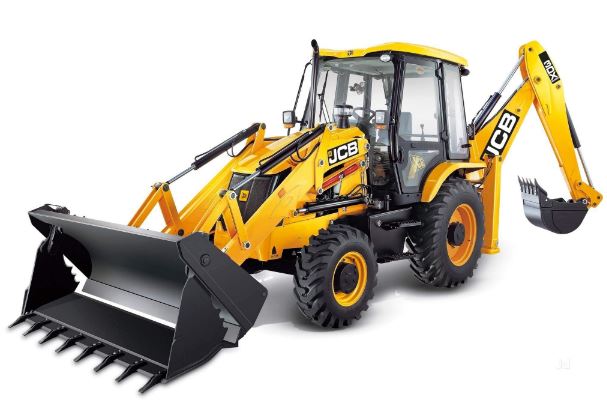
L – Loaders and Dozers
G – Graders
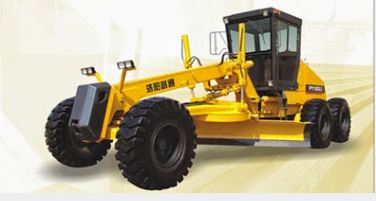
Now, regardless of the type of construction vehicle you are using, there are two significant factors you need to consider before you buy tires:
1. Duration of Service
As you gauge the type of work you need these tires to accomplish; you should know how often the equipment will be used. If the tires will be used for shorter amounts of time or infrequently, you won’t likely run into significant wear or performance problems. In this case, the upfront costs might be a determining factor.
For commercial jobs, in which the equipment sees heavy use daily, you need a tire built to last a long time and handle a substantial amount of wear and tear.
2. Nature of the Job
As is a recurring theme in the way of buying tires, your choice depends on the work the tire will need to do. In construction, you must consider the severity of the job sites you typically encounter. This is perhaps the most crucial criterion to consider when buying construction tires. For this purpose, you must have a TMPH rating (Ton-Miles Per Hour). The load capacity x average speed calculates this rating. This rating is both the working capacity of a tire and the heat index.
Additionally, you need to understand the restrictions of certain tires to ensure they are correctly suited for your vehicle and application.
- A tire marked with “E” is meant to travel 2.5 miles one way at up to 30mph.
- Tires marked with “L” are intended for 250 feet at five mph.
- Ones marked with “G” can take unlimited distances at 25mph.
It would be best to understand the terrain you are working in. This will determine the tread type you need.
For more common applications, tires marked L2/G2 are recommended. These tires will give you optimal traction on sand and looser ground conditions.
L3/E3 tires are designed to handle more scrapes and impacts in rockier work conditions.
L4 and L5 tires are the toughest – with L5 being the top. These are meant for the most extreme applications and are designed with deep treads for extended tire life.
Farm
Buying farm tires can get very complicated. Tires for tractors and other farming applications are not cheap and must be used appropriately to last. Your selection(s) needs to be made with the utmost precision.
For starters, you need to consider the purpose of your tires.
1. Industrial
If you are operating heavy-duty machinery, you need a tire that can withstand all kinds of punctures, tears, and gouges. These types of tires are very similar to construction tires.
2. Ag
Ag tires are built with highly aggressive treads to handle extreme conditions. These are common for tractors, combines, sprayers, and skid steer loaders. Ag tires are incredibly durable and can cope with the most intense jobs on the farm. Just beware that they will tear your lawn if you drive on it.
When buying farm tires, it’s important to note that many options are specifically for rear and front tires.
3. Rear Tires
R-1 – Ag rear tires are typically preferred for general dry land farming. These are also called lug tires and have a traction-grabbing component typically angled at 45 degrees. You can also get more tread depth to handle jobs in wet or heavy clay terrains. These are referred to as R-1W tires.
The Deestone D413 is a popular choice with increased tread depth. The bar lugs’ angle on this tire significantly improves traction with a self-cleaning design. The robust nylon casing on this tire makes it one of the most durable models.
R-2 – These tires have a tread depth that is twice that of an R-1 tire. These tires are meant to handle farming needs in wet muck or mud. R-2 tires are typically used in rice paddies or sugar cane fields.
The Firestone CHAMPION SPADE GRIP is a fantastic R-2 tire designed with bolstered tread bars for extra-long wear in wet conditions. The rubber compounds are designed to handle the thickest mud and muck and resist weather cracking.
R-3 – These tires are generally used for turf applications and are more suited for general, modest usage. They are excellent for getting lots of ground contact on slopes or in snowy conditions.
The BKT AS-504 Tires are highly effective tractor tires with ample button tread for minimal soil and ground disturbance. The full-depth tread and X-shaped buttons are built to provide forward, reverse, and lateral traction.
4. Front Tires
Front tires come in similar styles as rear tires. However, ribbed options are generally the preferred design.
F-1 – These are straight-ribbed tires that penetrate deep for excellent steering control.
The BKT TF-9090 is a good option for 2-wheel drive tires due to its strong center ribs, which promote robust steering control. Extra puncture resistance provides longer life and reliability when you need it most.
F-2 – F-2 tires come with three ribs and offer fantastic steering control and minimal side slip – thanks to the raised center rib.
The Deestone D401 is a good, economical F-2 tire with a tread pattern that ensures your tractor remains straight in its path and provides excellent steering for various farm conditions.
F-2M – With four ribs, these tires are designed for heavier loads on more complex surfaces. They are meant to have precise load distribution with flotation qualities.
Conclusion
Buying the perfect tires for your vehicle is a process. You need to understand every detail about your driving needs, sizing requirements, the task at hand, budget, and the experience you want.
Hopefully, this guide has given you a good idea of approaching the research/buying process and directs you to the perfect solution. If you have any questions about the tire you need, feel free to contact our knowledgeable staff for further assistance. We are always happy to help!
FAQs
What are the three types of tires?
The three main types of tires are summer, all-season, and winter tires.
How many different tire types are there?
There are several different tire types, but the three primary categories are summer, all-season, and winter tires.
What are the two main types of tires?
The two main types of tires are summer tires and all-season tires.
What are the most common types of tires?
The most common type of tires are all-season tires, designed to perform well in various weather conditions.
-
Proofreader




